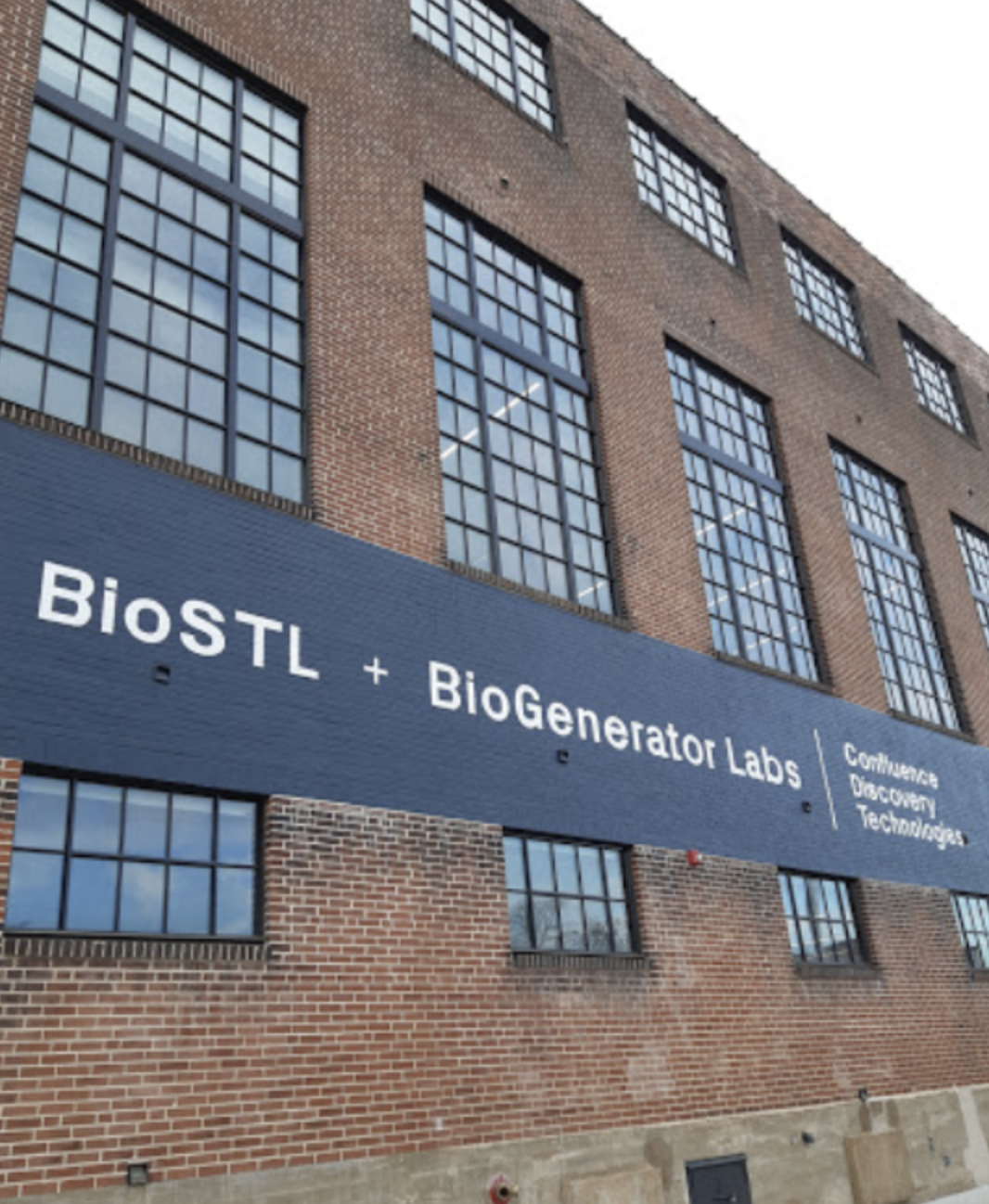How digitalundivided’s research helped a St. Louis innovation center develop inclusive entrepreneurship
How digitalundivided’s research helped a St. Louis innovation center develop inclusive entrepreneurship

BioSTL is a St Louis, MO, based nonprofit with a mission to transform St. Louis’ economy by fostering collaborative efforts to advance innovation and entrepreneurship that build on St. Louis’ world-class medical and plant biosciences. The organization fosters collaborative efforts and builds regional infrastructure to achieve St. Louis’ potential in biosciences, assisting partner organizations that are advancing aspects of the overall regional strategy.
Established in 2001, BioSTL started building the assets of the innovation community and build a previously non-existent entrepreneurial infrastructure in St. Louis. According to BioSTL, the city had great corporate and academic strengths, such as Washington University’s medical school, but it didn’t have an innovation environment that allowed entrepreneurship to turn those ideas into companies and new jobs.
As it developed, BioSTL understood that in order for all of the St. Louis community to benefit from the opportunity and to reach the city’s fullest potential, it needed to ensure a diverse and inclusive bioscience community. The organization wanted to start a dialogue about the importance of diversity, and it started with a CEO-level discussion group that met a few times a year. BioSTL’s expanded its diversity and inclusion programming in 2014 with the Entrepreneurial Inclusion Pipeline programming that worked to train and recruit entrepreneurs and increase venture capital in the region. Then again it expanded its diversity and inclusion programming in 2016 by convening the St. Louis Equity in Entrepreneurship Collective.
DID’s Impact
BioSTL understood that in order for St. Louis to reach its fullest potential, it needed to create a diverse and inclusive STEM community. It needed data to fully understand the scope of the problem. BioSTL discovered the ProjectDiane report, which is the proprietary demographic study authored by digitalundivided that examines the state of women of color founders and the startups they lead in the U.S. Then it connected with digitalundivided-led events in Kansas City and St Louis.
BioSTL tapped digitalundivided’s research to influence their programming. Soon after receiving the ProjectDiane report and having follow up discussions with DID, BioSTL launched the STEM Entrepreneurial Inclusion Initiative. Dr. Cheryl Watkins-Moore said, “The (ProjectDiane) data helps support our programming. It provides the research information, and the data supports some of the initiatives we are developing, in particular, in our discussions around the investment community and how we can impact it. The report provided the data that made us think about how to impact our community. There’s not much data around people of color and women in this space.”
BioSTL stated that digitalundivided fills a much needed practical research gap for the entrepreneurial ecosystem. There’s a lack of research led by institutions that have both the technical capability and the cultural acumen to provide not only data, but also to share how the data can be used to create systems change. The organization is already thinking about how future research conducted by DID could influence their programming. For example, the organization can conduct research about how minority or women-founded companies continue to grow and whether the companies are still around after five years and in later stages. Another area is research on alternative forms of financing. Since women and people of color have traditionally raised less money, they are starting by bootstrapping or using alternatives. It would be helpful to learn about the instruments people are using and what may work best for women entrepreneurs and entrepreneurs of color.
Click here to download ProjectDiane and here to learn more about BioSTL and how they are at the forefront of inclusive entrepreneurship and innovation in St. Louis. See how they used digitalundivided’s data to get there.

